B-1800
China Airlines
China Airlines (CAL; Chinese: ????; pinyin: Zhonghuá Hángkong) is the state-owned flag carrier of the Republic of China (Taiwan), and one of its two major airlines along with EVA Air. It is headquartered in Taoyuan International Airport and operates over 1,400 flights weekly (including 91 pure cargo flights) to 102 cities across Asia, Europe, North America, and Oceania.[2][3][4] Carrying over 19 million passengers and 5700 tons of cargo in 2017, the carrier was the 33rd largest airline in the world in terms of revenue passenger kilometers (RPK) and 10th largest in terms of freight revenue ton kilometers (FRTK).China Airlines is owned by Taiwan-based China Airlines Group and operates China Airlines Cargo, a member of SkyTeam Cargo, which operates a fleet of freighter aircraft and manages its parent airline's cargo-hold capacity. Its sister airlines include Mandarin Airlines, which operates flights to domestic and low-demand regional destinations, and Tigerair Taiwan, which is a low-cost carrier established by China Airlines and Singaporean airline group Tigerair Holdings but is now wholly owned by China Airlines Group.[5] The company slogan is Journey with a caring smile.
Flight 140 Crash At Nagoya
On 26 April 1994, the Airbus A300B4-622R was completing a routine flight and approach, when, just seconds before landing at Nagoya Airport, the takeoff/go-around setting (TO/GA) was inadvertently triggered. The pilots attempted to pitch the aircraft down while the autopilot, which was not disabled, was pitching the aircraft up. The aircraft ultimately stalled and crashed into the ground, killing 264 of the 271 people on board.
To date, the accident remains the deadliest accident in the history of China Airlines, and the second-deadliest aviation accident on Japanese soil, behind Japan Airlines Flight 123.[3][4] It is also the third-deadliest aviation accident or incident involving an Airbus A300, after Iran Air Flight 655 and later American Airlines Flight 587.The flight took off from Chiang Kai-shek International Airport at 16:53 Taiwan Standard Time bound for Nagoya Airport. At the controls were Captain Wang Lo-chi (Chinese: ???; pinyin: Wáng Lèqí) age 42, and First Officer Chuang Meng-jung (???; Zhuang Mèngróng) age 26.[note 2][2]:?13–14?[7][8] The en-route flight was uneventful; the descent started at 19:47, and the aircraft passed the outer marker at 20:12. Just 3 nautical miles (3.5 mi; 5.6 km) from the runway threshold at 1,000 feet (300 m) above ground level (AGL), the first officer (co-pilot) inadvertently selected the takeoff/go-around setting (also known as a TO/GA), which tells the autopilot to increase the throttles to take off/go-around power.
Airbus A300
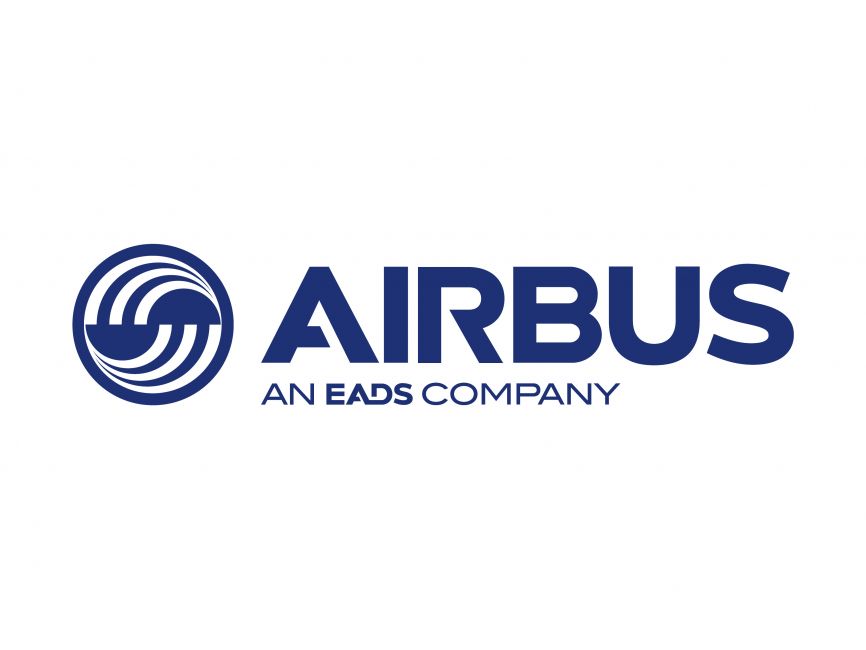
The Airbus A300 is a wide-body airliner developed and manufactured by Airbus. In September 1967, aircraft manufacturers in the United Kingdom, France, and West Germany signed a memorandum of understanding to develop a large airliner. West Germany and France reached an agreement on 29 May 1969 after the British withdrew from the project on 10 April 1969. European collaborative aerospace manufacturer Airbus Industrie was formally created on 18 December 1970 to develop and produce it. The prototype first flew on 28 October 1972.The first twin-engine widebody airliner, the A300 typically seats 247 passengers in two classes over a range of 5,375 to 7,500 km (2,900 to 4,050 nmi). Initial variants are powered by General Electric CF6-50 or Pratt & Whitney JT9D turbofans and have a three-crew flight deck. The improved A300-600 has a two-crew cockpit and updated CF6-80C2 or PW4000 engines; it made its first flight on 8 July 1983 and entered service later that year. The A300 is the basis of the smaller A310 (first flown in 1982) and was adapted in a freighter version. Its cross section was retained for the larger four-engined A340 (1991) and the larger twin-engined A330 (1992). It is also the basis for the oversize Beluga transport (1994).
Launch customer Air France introduced the type on 23 May 1974. After limited demand initially, sales took off as the type was proven in early service, beginning three decades of steady orders. It has a similar capacity to the Boeing 767-300, introduced in 1986, but lacked the 767-300ER range. During the 1990s, the A300 became popular with cargo aircraft operators, as both passenger airliner conversions and as original builds. Production ceased in July 2007 after 561 deliveries.
Control
VTOL Up:Flaps
Trim Up:Spoiler
Normal Flight Control
Have a good flight:)
Specifications
General Characteristics
- Predecessor Airbus A300-622R(F) Korean Airlines Cargo
- Successors 2 airplane(s) +35 bonus
- Created On Android
- Wingspan 197.3ft (60.1m)
- Length 228.5ft (69.7m)
- Height 65.3ft (19.9m)
- Empty Weight 75,624lbs (34,302kg)
- Loaded Weight 137,757lbs (62,485kg)
Performance
- Power/Weight Ratio 3.425
- Wing Loading 79.4lbs/ft2 (387.7kg/m2)
- Wing Area 1,735.0ft2 (161.2m2)
- Drag Points 101380
Parts
- Number of Parts 700
- Control Surfaces 6
- Performance Cost 2,632

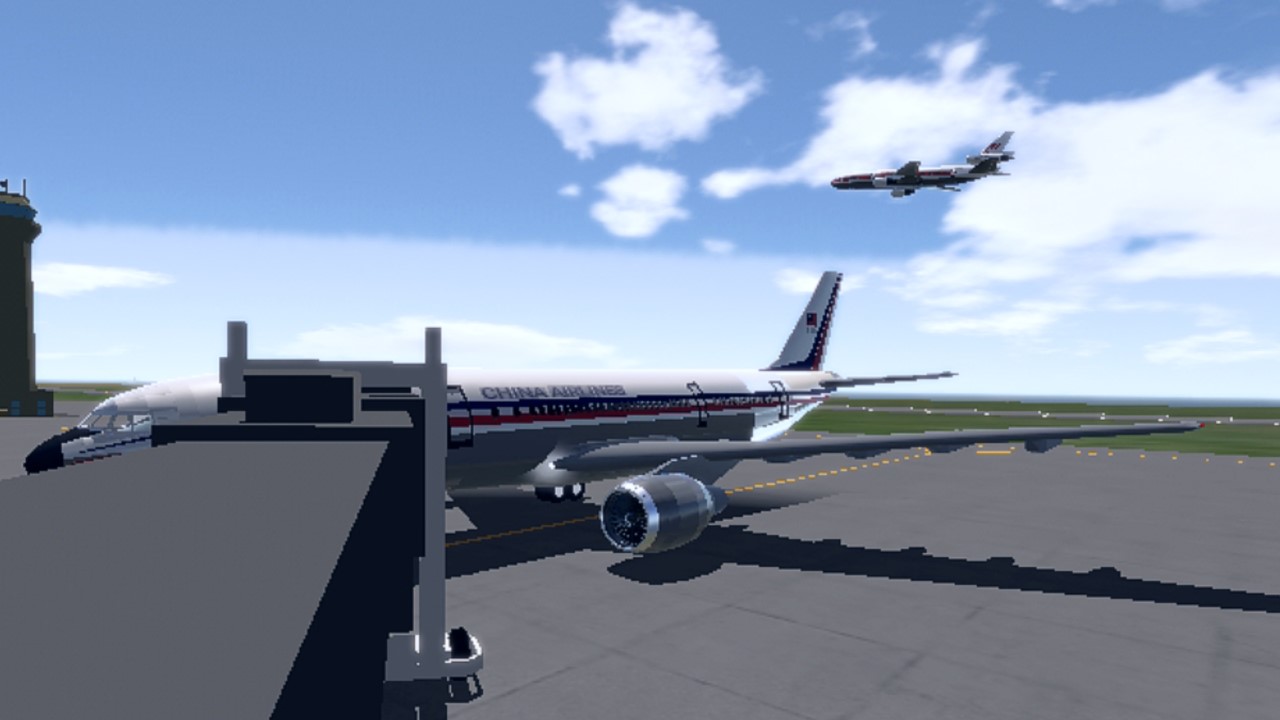
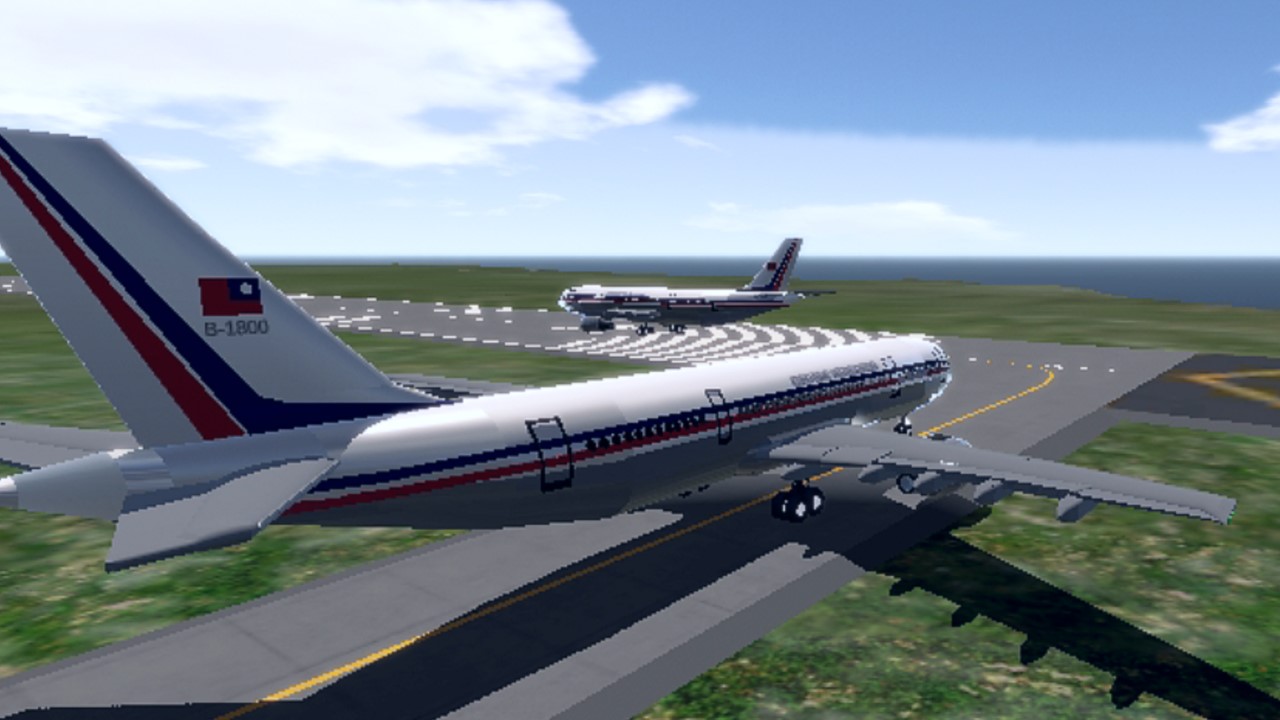
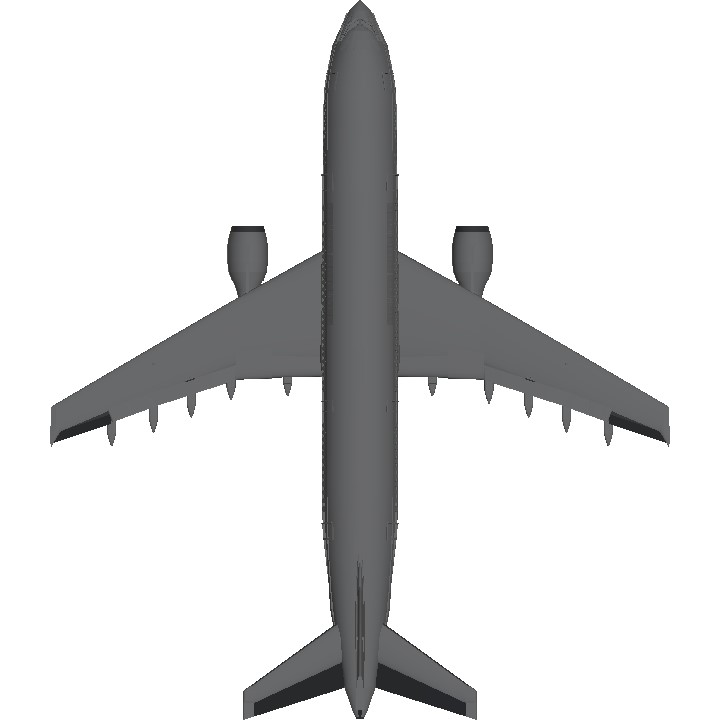
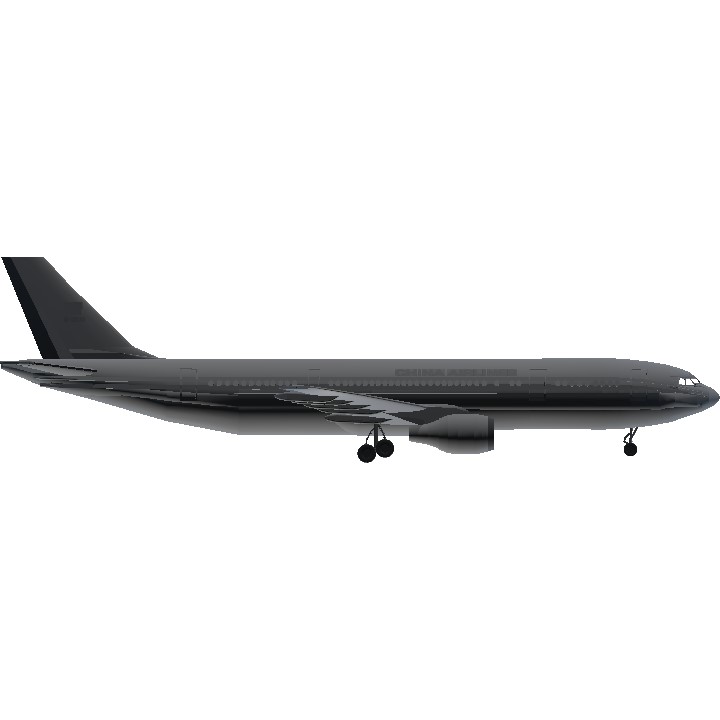

@SmarsoAreo @ColonelCanada @X99STRIKER
Stall stall stall stall